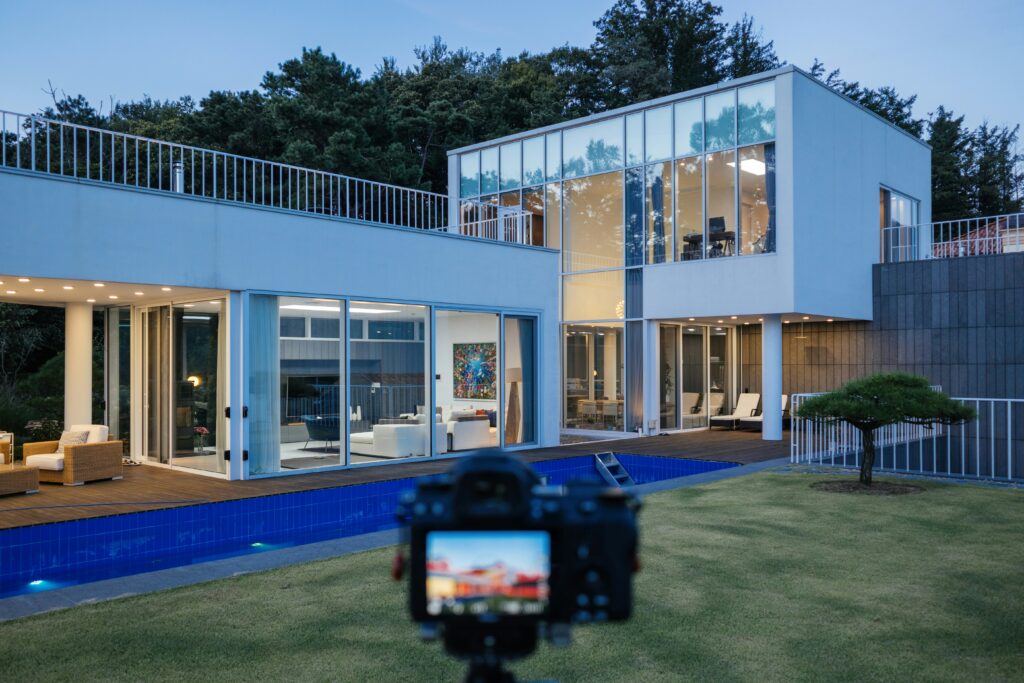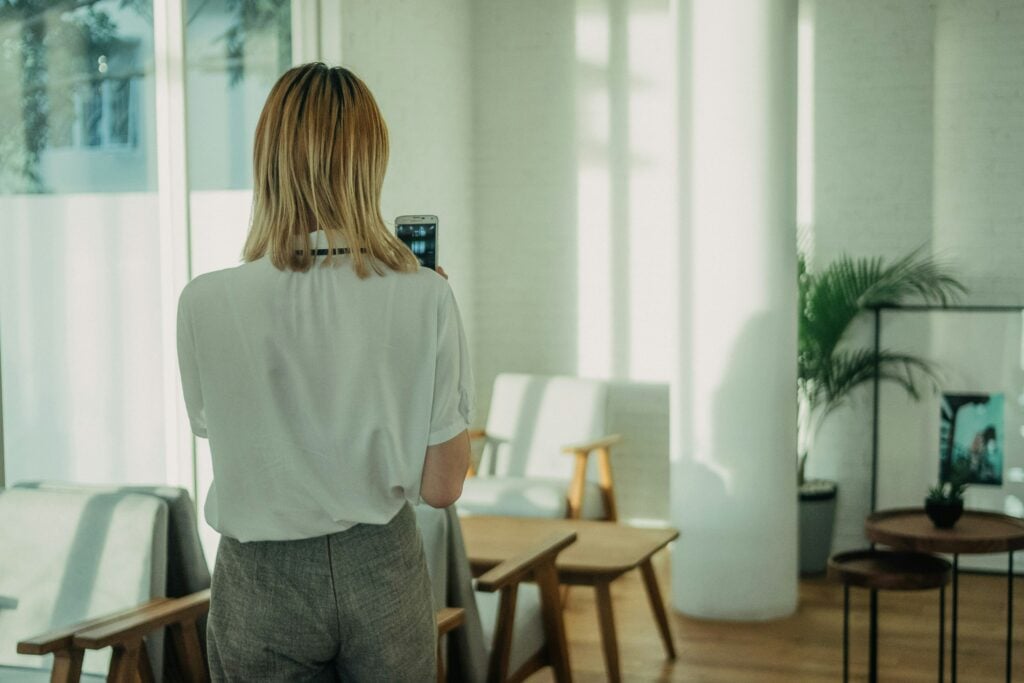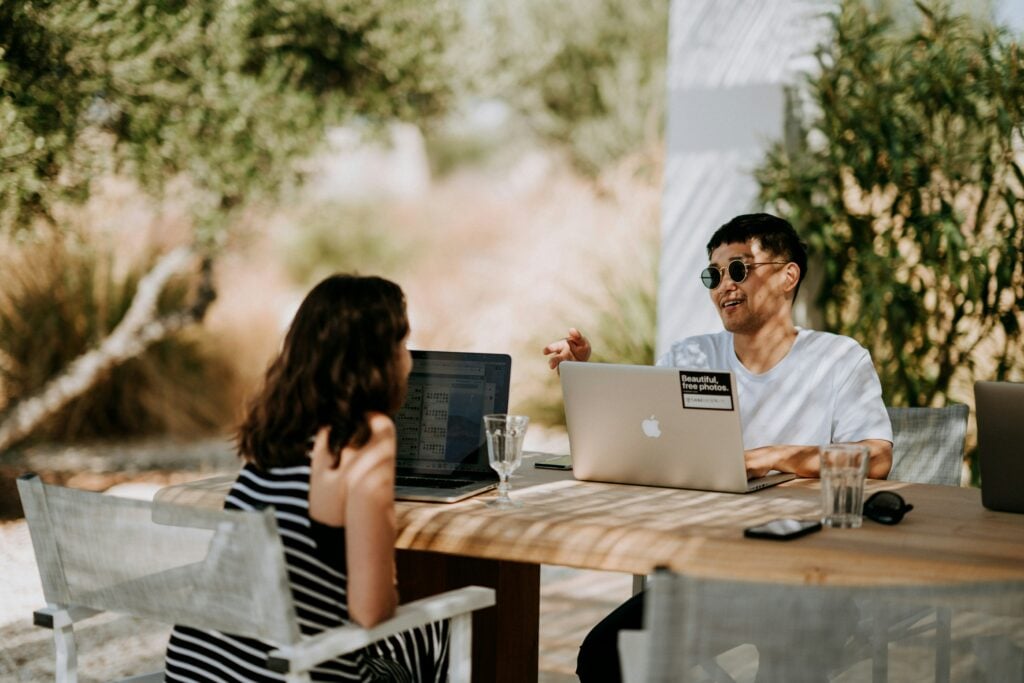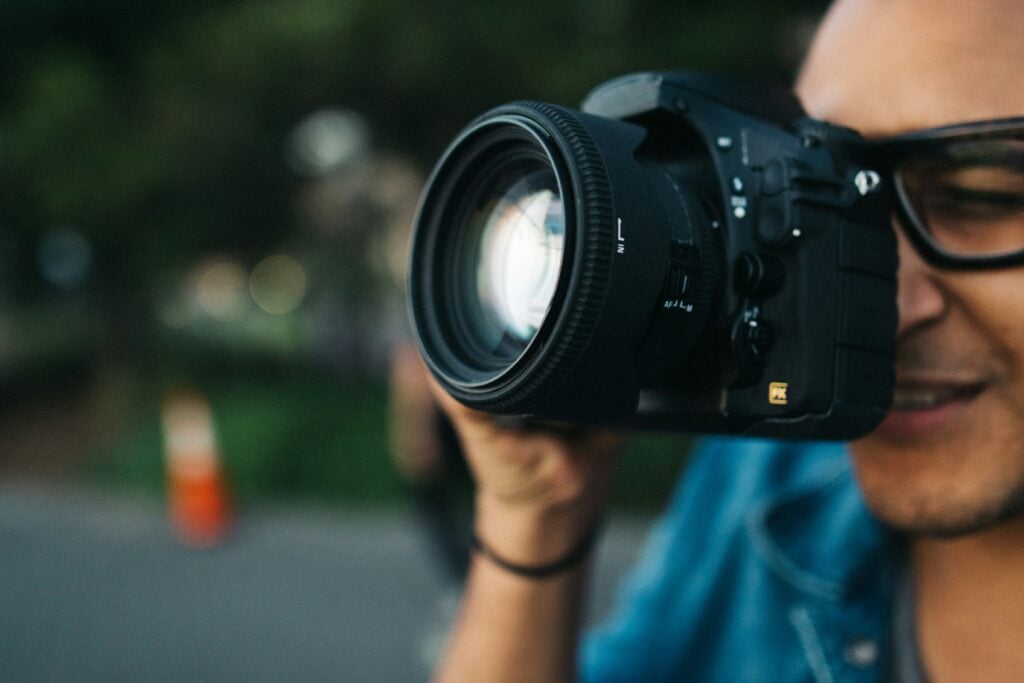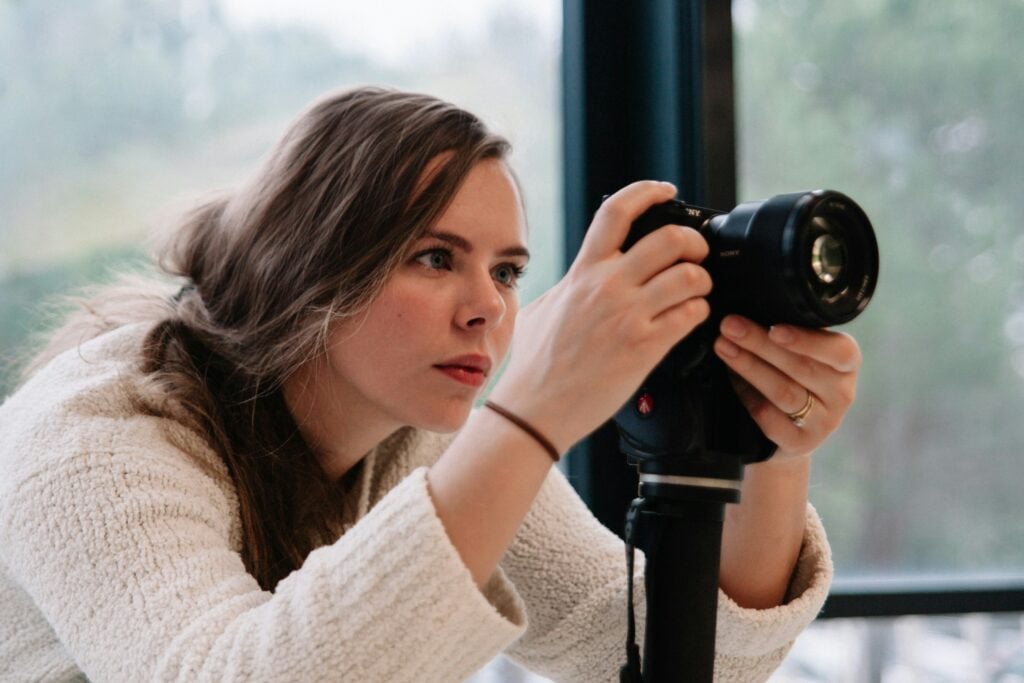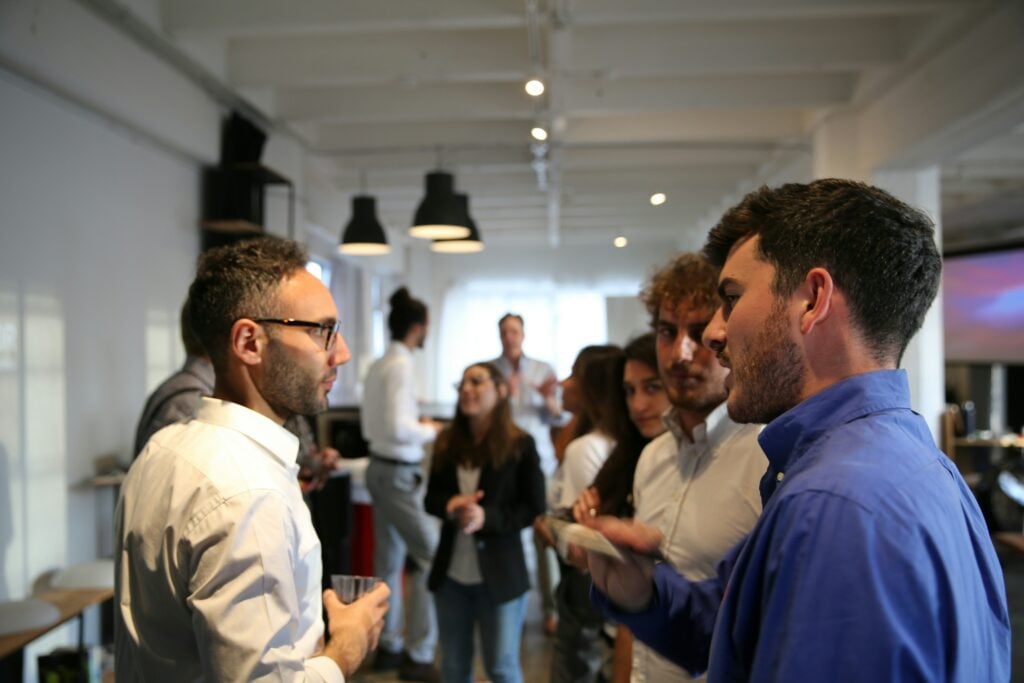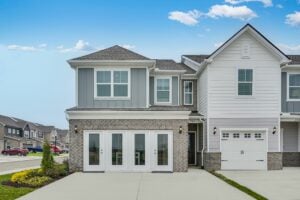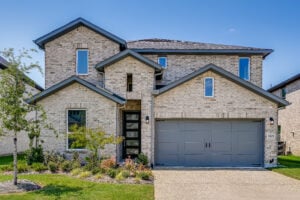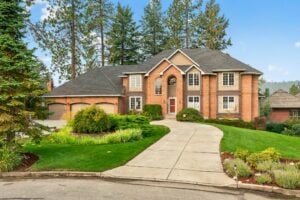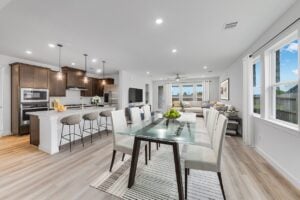When you step into an open house event, your role is twofold: capturing both the vibrant energy of the event and the property itself. But let’s face it—an open house shoot can sometimes feel like organized chaos, and even seasoned photographers aren’t immune to slipping up on the basics. So, what are those setbacks? What can you do to ensure you don’t miss the magic in the chaos at open houses?
From miscommunication with agents to rushing through the shoot, we’ll dive into the typical blunders that photographers make when shooting open houses and arm you with helpful tips to sidestep them.
Common Mistakes in Open House Photography
Brokerages and real estate agents host open house events to generate interest and excitement around their listings. Given the time, money, and effort invested in making these events memorable, it’s crucial for photographers to match that level of attention to detail. Failing to do so can lead to common errors that not only disappoint clients but also detract from the property’s appeal.
If you’re accustomed to photographing vacant spaces devoid of bustling crowds, be mindful of these common mistakes when shooting an open house event:
Inadequate planning
Before diving into a real estate shoot, photographers often take some time to assess the property. First, understanding the layout and asking yourself—what unique features does it have? Are there any architectural details that deserve extra attention? And let’s not forget about lighting—what time of day will showcase the home at its best?
Missing out on these details could mean losing the chance to snap shots that really make a property shine. This is particularly true for photographing or filming open house events, where you have a specific date and time to arrive and deliver results.
On these occasions, it’s important to understand the various moving parts that contribute to a successful event. Being aware of how many people will be present, identifying key areas of focus, coordinating with other vendors on-site, and assessing the natural light available will set you up for success.
Tip: If possible, visit the location beforehand to get a feel for the space.
Poor communication with the agent or event organizer
When logistics are in play, having clear lines of communication can make all the difference. Misunderstandings about the schedule or specific details of the event can lead to missed opportunities and even subpar images. Let’s say the real estate agent has scheduled a special walkthrough of the property and wants you to capture the attendees’ reactions. If you’re occupied shooting elsewhere, you might miss those genuine moments that the agent wanted to highlight.
Establishing a solid rapport with the agent or organizer not only ensures that you have the details you need to create a shot list but also fosters a collaborative environment during the event. Not to mention, this connection can lead to valuable insights about the property and the event that you might not have considered otherwise.
Tip: Be proactive in reaching out to the real estate agent or event organizer if you have any uncertainties about expectations or features of the property that should be highlighted.
Neglecting the candid moments
As the documentarians of the open house, you’ll always need to keep your eyes peeled for candid moments. Whether it’s agents connecting over the custom kitchen or potential buyers admiring the backyard, these shots effectively convey the atmosphere and excitement surrounding the property.
While you’ll be busy capturing these behind-the-scenes moments, don’t hesitate to engage with attendees too. A simple “Hey, do you mind if I get a photo?” can open the door to memorable interactions and photos that clients adore and can share on social media.
Tip: Balance your focus between candid moments and highlighting the property itself. When delivering your final images, clients will appreciate seeing the home and its features presented beautifully alongside standout moments from their guests.
Leaving equipment behind
Arriving prepared for an open house shoot is essential, and one common mistake to avoid is leaving crucial equipment behind. In the excitement of getting ready for the event, it’s easy to overlook important gear or forget to double-check your equipment list. Whether it’s a certain lens, tripod, or other gear, ensuring you’re fully equipped will prevent any oversights that impact the quality of your work.
Create a detailed checklist of all the equipment you need before the day of the shoot. Make sure to include backup gear as well, like additional memory cards and lights, to ensure you’re ready for any situation that may arise. Taking the time to pack and prepare thoroughly will help alleviate any stress of equipment mishaps on the day-of.
Tip: Ask the event coordinator what type of shots they want highlighted. This can help you tailor your gear selection ahead of time.
Rushing the shoot
While punctuality is important in any professional setting, for open houses, time really is of the essence. Arriving late or encountering setup issues can significantly reduce the amount of time you have to document the event and the overall property, leaving you feeling rushed and potentially resulting in dissatisfied clients.
Given the bustling atmosphere of an open house, you need to plan accordingly. Instead of hurrying through the shoot, allocate ample time to explore the property, adjust your settings, and find the most flattering light. Allow yourself the freedom to experiment with different compositions and angles.
Tip: Arrive early to familiarize yourself with the space and create a shooting plan. This will help you manage your time effectively and allow you to focus on capturing high-quality images without feeling rushed.
Overview of Photographing Open Houses
Approach each open house as an opportunity to capture not just the property but the unique experience of the event itself. With careful planning and an eye for detail, you can transform your open house photography from good to unforgettable, creating work that truly resonates with clients and draws attention to the property.

